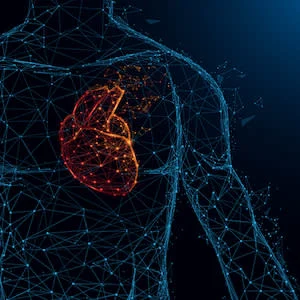Heart disease is a leading cause of death. It is a deadly disease mainly because the heart cannot repair itself after injury. Tissue engineering and the fabrication of a human heart for transplant is one of the most important goals in cardiac medicine.
In order to build a human heart, the unique structures that make up this important organ need to be replicated. This would include the recreation of helical geometries that create a twisting motion as the heart beats. This twisting motion is believed to be critical for pumping blood. Creating a heart with different geometry and alignment has been challenging for scientists.
A team of bioengineers from the Harvard John A. Paulson School of Engineering and Applied Sciences (SEAS) have developed the first biohybrid model of human ventricles with helically aligned beating cardiac cells. They have shown muscle alignment increases how much blood the ventricle can pump with each contraction.
The team used additive textile manufacturing, Focused Rotary Jet Spinning (FRJS), which enabled the fabrication of helically aligned fibres with diameters ranging from several micrometres to hundreds of nanometres. These fibres direct cell alignment, thus allowing the formation of controlled tissue engineered structures.
This achievement is a major step forward for organ biofabrication and could pave the way to the ultimate goal of building a human heart. The importance of the heart's helical structure cannot be denied. The SEAS researchers used the FRJS system to control the alignment of spun fibres on which they could grow cardiac cells. The human heart has multiple layers of helically aligned muscles with different alignments. FRJS can recreate those complex structures in a precise way, forming single and four chambered ventricle structures.
The researchers compared the ventricle deformation, speed of electrical signalling and ejection fraction between ventricles made from helical aligned fibres with circumferentially aligned fibres. They found
the helically aligned tissue outperformed the circumferentially aligned tissue. They also demonstrated that the process could be scaled up to the size of an actual human heart and even larger to the size of a Minke whale heart.
Source: Harvard John A. Paulson School of Engineering and Applied Sciences.
Image Credit: iStock






